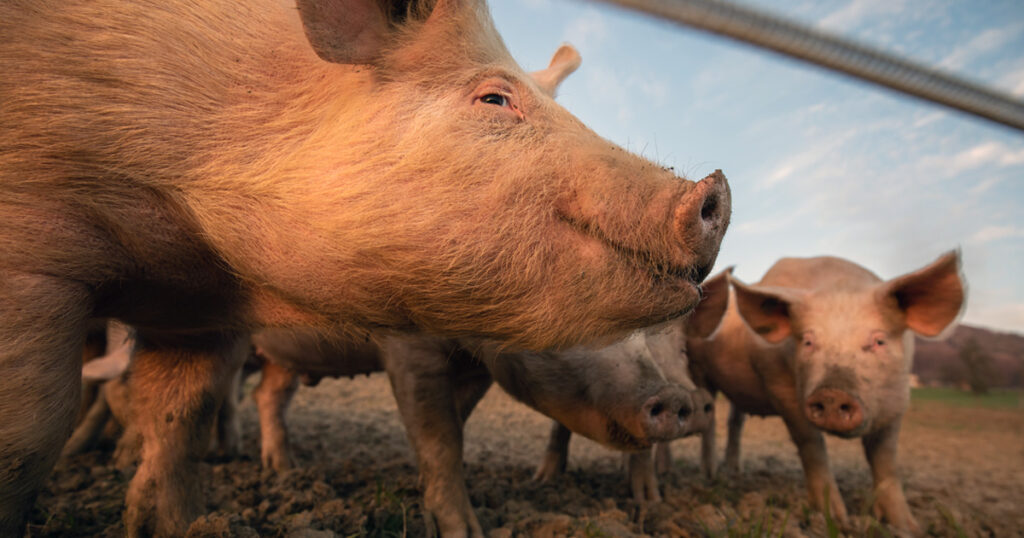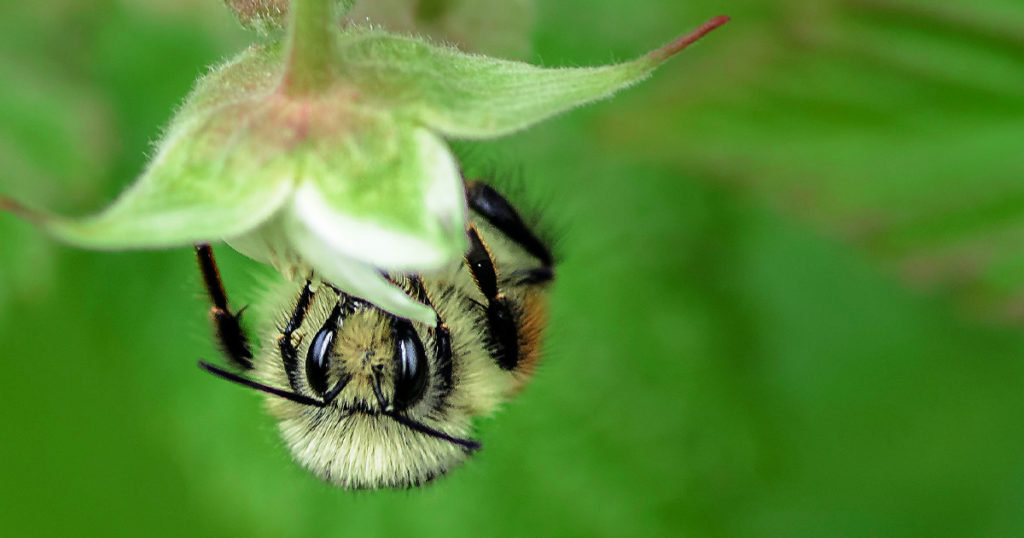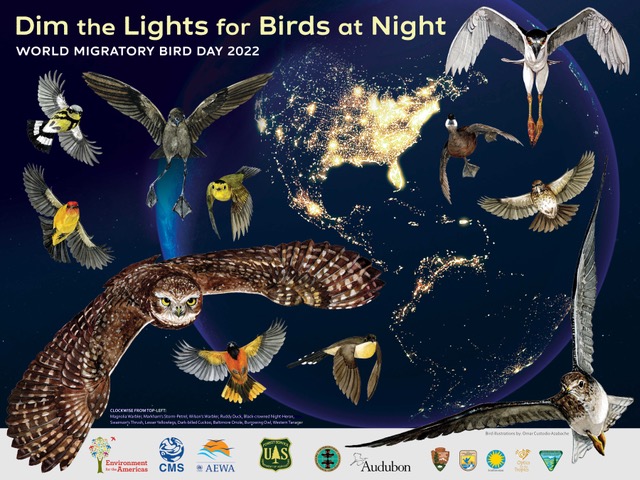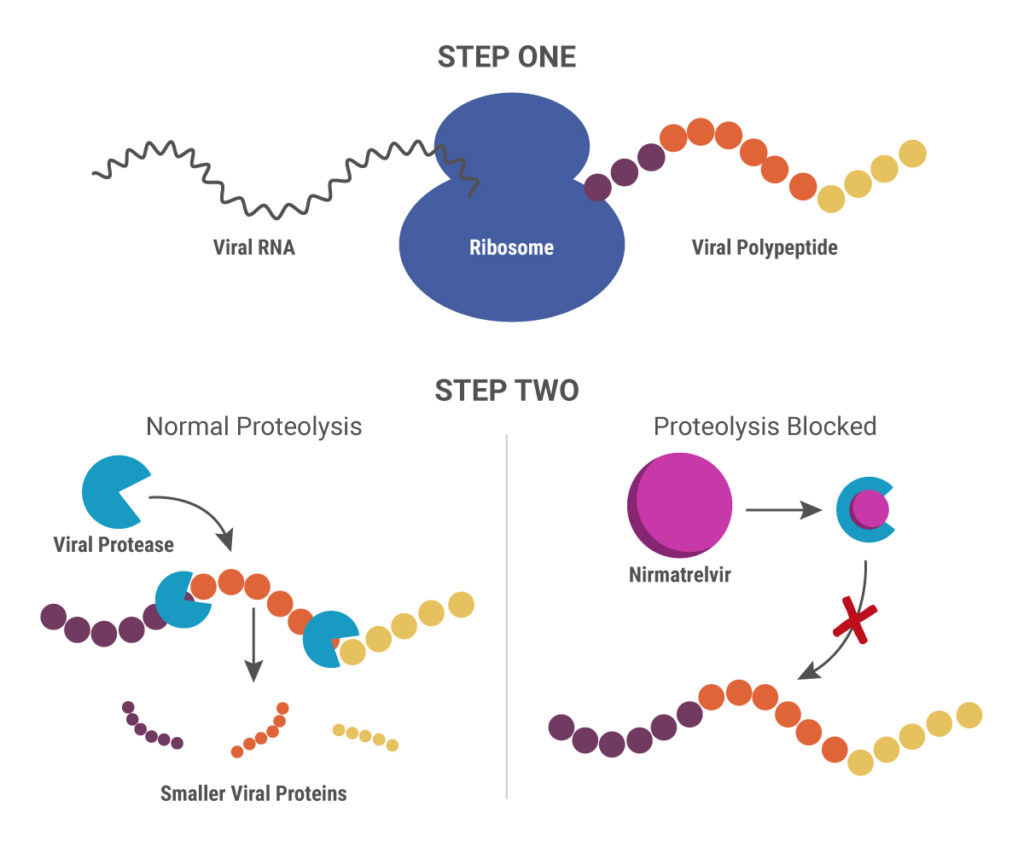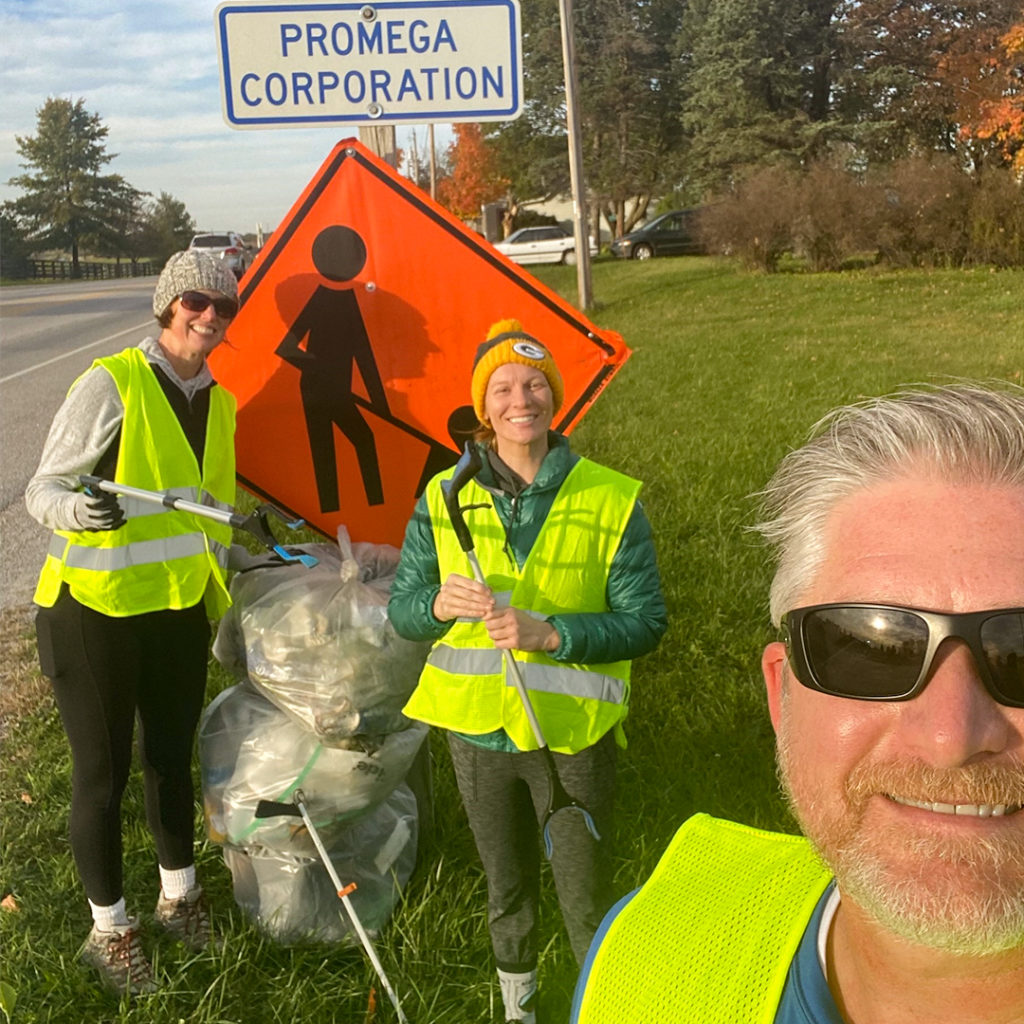“What I’ve learned in science is that we don’t do things alone. Everything is connected,” says Marcos da Silva Regueira Neto.
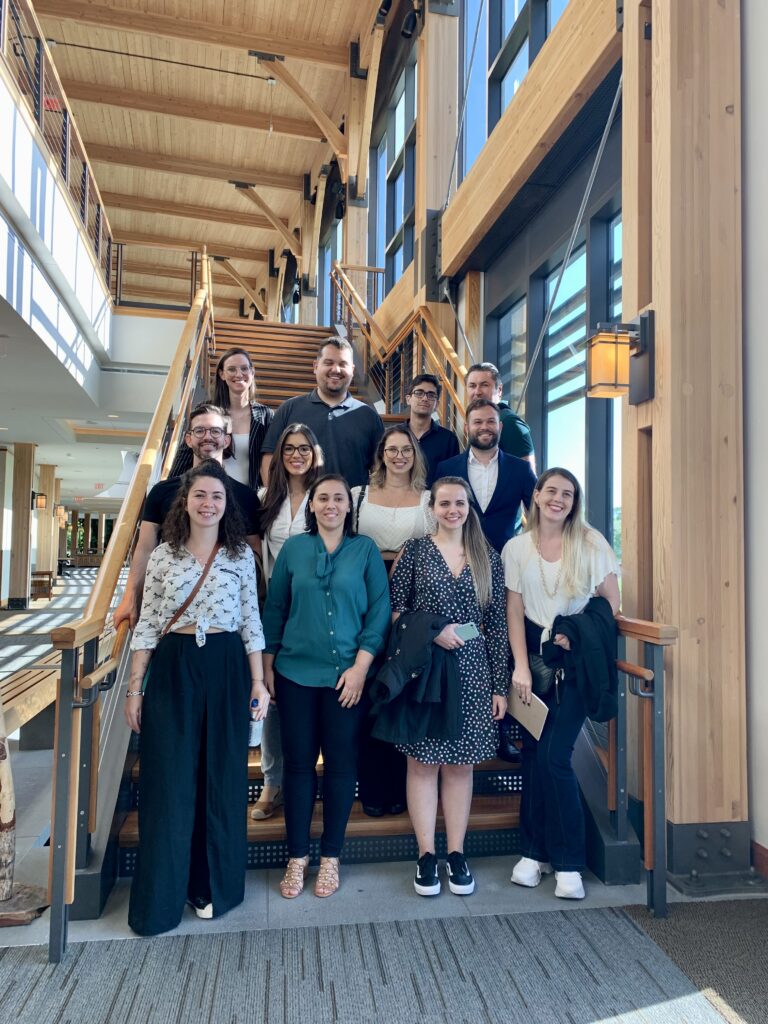
Marcos is a post-doctoral research at the Federal University of Pernambuco in Recife, Brazil. His project is part of a large interdisciplinary study, so he is no stranger to collaboration and welcomes opportunities to gain knowledge outside his specialty. Earlier this year, Marcos travelled nearly 5,000 miles to take advantage of one such opportunity.
In May 2022, Marcos and eight other young Brazilian scientists spent a week in the United States experiencing a unique behind-the-scenes dive into Promega. Their trip included stops in New York City, Madison, and Chicago. For most of the students, this was their first look into new areas where science could lead them.
“I’ve spent most of my life in academia,” Marcos says. “I want to see the other side – the industry side. I want to learn new things and expand my knowledge.”
Over the course of a week, the students presented their research project to Promega leaders, got hands-on experience with emerging technologies alongside the scientists who invented them, and played with human-sized proteins in a virtual reality space.
They also took a picture with a six-foot duck.
Continue reading “Behind the Scenes at Promega with the Brazil Young Researchers Award Winners”

